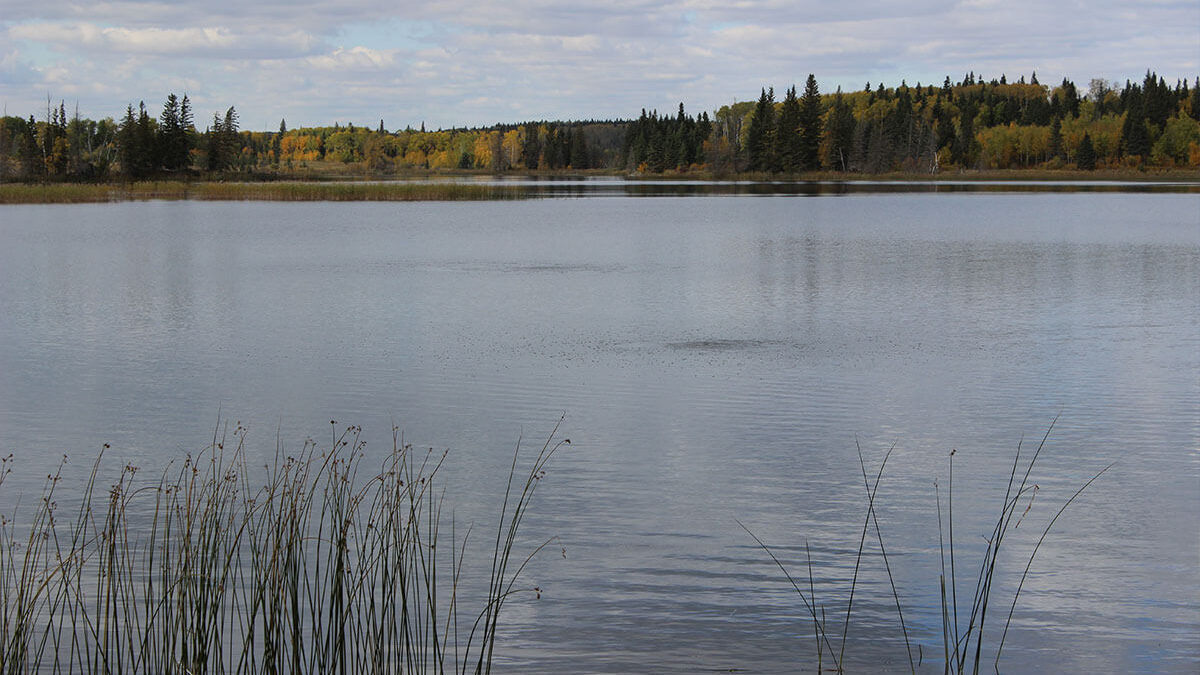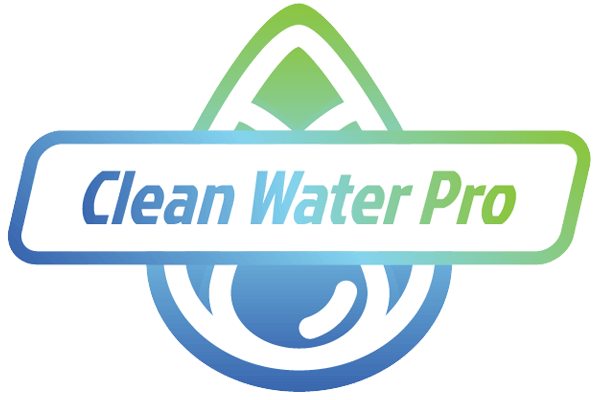
Did you know that the dissolved oxygen (DO) concentration in ponds, lakes, and lagoons is one of the most important indicators of water quality?
Low dissolved oxygen in your favourite water body will lead to the death of fish and invertebrates such as frogs and crayfish. Low dissolved oxygen will also dramatically reduce the beneficial bacteria that consume nutrients in the water. Now, this is where this problem escalates because excessive nutrients in your water body will increase the muck depth on the shoreline and lake floor. More muck creates a perfect bed for aquatic weeds, further increasing the water’s organic matter and nutrient levels. As the water gets cloudier from muddy bottoms, you will see the formation of green algae on the surface of your once beautiful water body.
In summary, more nutrients in the water is not a good thing. That’s why wastewater from lagoons or run-off from agricultural fields are known pollutants of freshwater bodies. You may be surprised to learn that many homeowners or cabin owners pollute their water bodies by dumping their grass clippings, autumn leaves, and fire pit residue directly into the water. Adding organic matter to your lake or pond will release more nutrients into the water, making it more difficult to keep your favourite water body beautiful.
How to Keep Dissolved Oxygen Levels Up in Your Favourite Water Body?
The answer’s simple: water aeration. Water aeration is the process of adding diffused oxygen to water. Water aeration benefits waterbodies that are anoxic. Anoxia is the technical term for “the oxygen level is too low.”
Water aeration is most effective when the oxygen-rich air is supplied directly to the bottom of your lake or retention pond. By doing so, the air is applied directly to the oxygen-loving bacteria that love to eat the muck off the bottom of the lake or pond. In stagnant waterbodies, a thermocline develops towards the bottom (see infographic above). Water below the thermocline is colder and anoxic in comparison to the water above the thermocline. By applying oxygen to the bottom of the pond, you remove the thermocline and activate the bacteria you want working for you. Simultaneously, you remove the anaerobic-loving organisms from the lake that produce nasty things like blue-green algae.
Comparing Subsurface Water Aeration: Coarse Bubble vs. Fine Bubble Aeration
Chart
Coarse Bubble | Fine Bubble | |
Bubble Size | 10 mm | .02 mm |
Bubble Density | 185/sq. Ft. | 1800/sq. Ft. |
Ability to Add DO to Anoxic Water | 1.5-2.0 lb/hp-hr Or 6-8% efficiency | 6-6.5 lb/hp-hr Or 22-32% efficiency |
Ability to Break Up Thermocline | Yes | Yes |
Size of Compressor | 7-15 hp – 2-4 operates large diffuser | 1.5 HP operates 3 diffusers. Modular design can add more diffusers as required. |
Cost of System | $50,000 | $25,000 |
Cost to Operate | $1,500-$2,000/month | $65/month |
Noise of Compressor | Requires earplugs and insulated building to dull the noise | Quieter than a central air conditioner 75 decibels |
Ease of Repair | Difficult and usually expensive | Can be done on-site |
Compressor Housing | Building with ventilation | Comes with weatherproof cabinet or can be placed indoors |
Compressor System and Maintenance | Filter and oil changes required | Filter changes and maintenance kit every 24 months |
Airline | PVC pipe needs to be weighed down | Self-weighted and lead-free |
Diffuser Plates | Large auger-type bubbler weighted down with concrete blocks. Requires a commercial diver to install. | Self-weighted PTFE coated to prevent clogging. Designed to entrain water from the bottom. |
Automatic Restart after Power Failure | No, system must be manually restarted each time. | Yes, system has a built-in restart proving peace of mind. |
In Conclusion
Several communities have come to the conclusion they need to replace their coarse bubble aeration system with a fine bubble water aeration system. The cost to operate, as well as the noise reduction, have been identified as the drivers for switching. The communities that have made the switch have not seen any decrease in the DO levels of their waterbodies.
